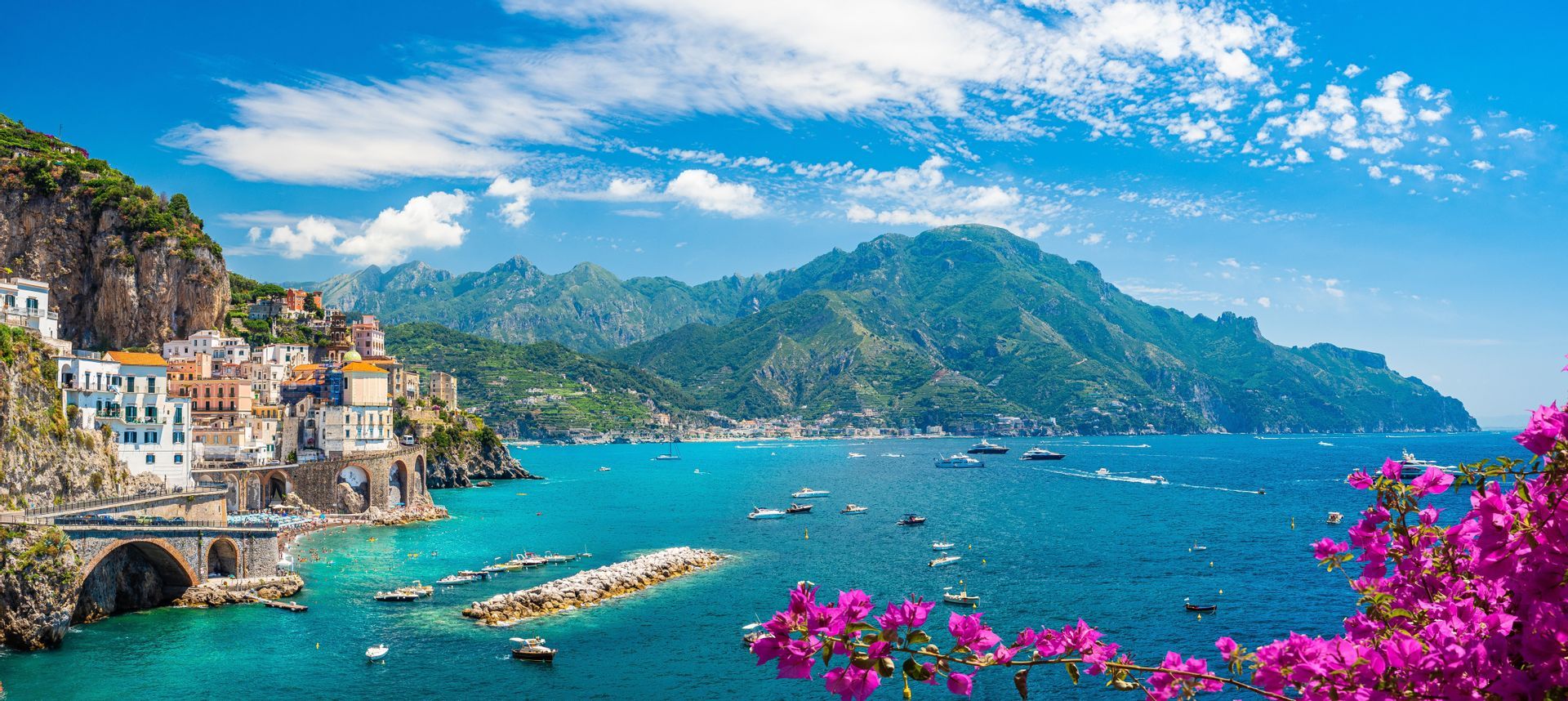Start

Italy: discovering the land of beauty
Our trips to Italy
Italy's allure extends worldwide, drawing travellers to uncover its rich tapestry of experiences, from iconic cities to hidden gems, promising unforgettable moments steeped in culture, history, and natural beauty.
Departure dates:
Destinations
Itinerary
Status
Price
August 2024
Final spots
Travel coordinator Nathalie Simenic
Total
£ 599
£539
Deposit
£100
Deposit
£100
Balance
£439
Klarna Available.

Final spots
Travel coordinator Jessica Godehart
Total
£ 1,049
£944
Deposit
£100
Deposit
£100
Balance
£844
Klarna Available.

On request
Travel coordinator Nikolaos Daskalopoulos
Total
£ 1,099
£989
Deposit
£100
Deposit
£100
Balance
£889
Klarna Available.

Confirmed
Total
£ 649
£584
Deposit
£100
Deposit
£100
Balance
£484
Klarna Available.

Almost confirmed
Total
£ 599
£539
Deposit
£100
Deposit
£100
Balance
£439
Klarna Available.

Final spots
Travel coordinator Pauline Marie Vergnet
Total
£ 599
£539
Deposit
£100
Deposit
£100
Balance
£439
Klarna Available.

Confirmed
Travel coordinator Jason Andreas Michael Phillipe Tetlow
Total
£ 1,099
£989
Deposit
£100
Deposit
£100
Balance
£889
Klarna Available.

Confirmed
Travel coordinator Matteo Trande
Total
£599
Deposit
£100
Deposit
£100
Balance
£499
Klarna Available.

September 2024
Confirmed
Travel coordinator Jack Patrick Matthias Naven
Total
£1,049
Deposit
£100
Deposit
£100
Balance
£949
Klarna Available.

Almost confirmed
Total
£549
Deposit
£100
Deposit
£100
Balance
£449
Klarna Available.

Final spots
Travel coordinator Suzanne Alaa Abouzanad
Total
£949
Deposit
£100
Deposit
£100
Balance
£849
Klarna Available.

Confirmed
Total
£1,099
Deposit
£100
Deposit
£100
Balance
£999
Klarna Available.

Confirmed
Travel coordinator Shari Nunes
Total
£599
Deposit
£100
Deposit
£100
Balance
£499
Klarna Available.

Almost confirmed
Total
£549
Deposit
£100
Deposit
£100
Balance
£449
Klarna Available.

13
Sep
Fri 13 September
4 nights
Tue 17 September
Confirmed
Travel coordinator Yaser Mohammad
Total
£699
Deposit
£100
Deposit
£100
Balance
£599
Klarna Available.

Confirmed
Travel coordinator Nadine Lingnau
Total
£599
Deposit
£100
Deposit
£100
Balance
£499
Klarna Available.

Almost confirmed
Total
£949
Deposit
£100
Deposit
£100
Balance
£849
Klarna Available.

Confirmed
Travel coordinator Giovanna Berti
Total
£599
Deposit
£100
Deposit
£100
Balance
£499
Klarna Available.

Confirmed
Travel coordinator Hayley Ibbotson
Total
£1,049
Deposit
£100
Deposit
£100
Balance
£949
Klarna Available.

Almost confirmed
Total
£549
Deposit
£100
Deposit
£100
Balance
£449
Klarna Available.

Show
Page 1 of 4